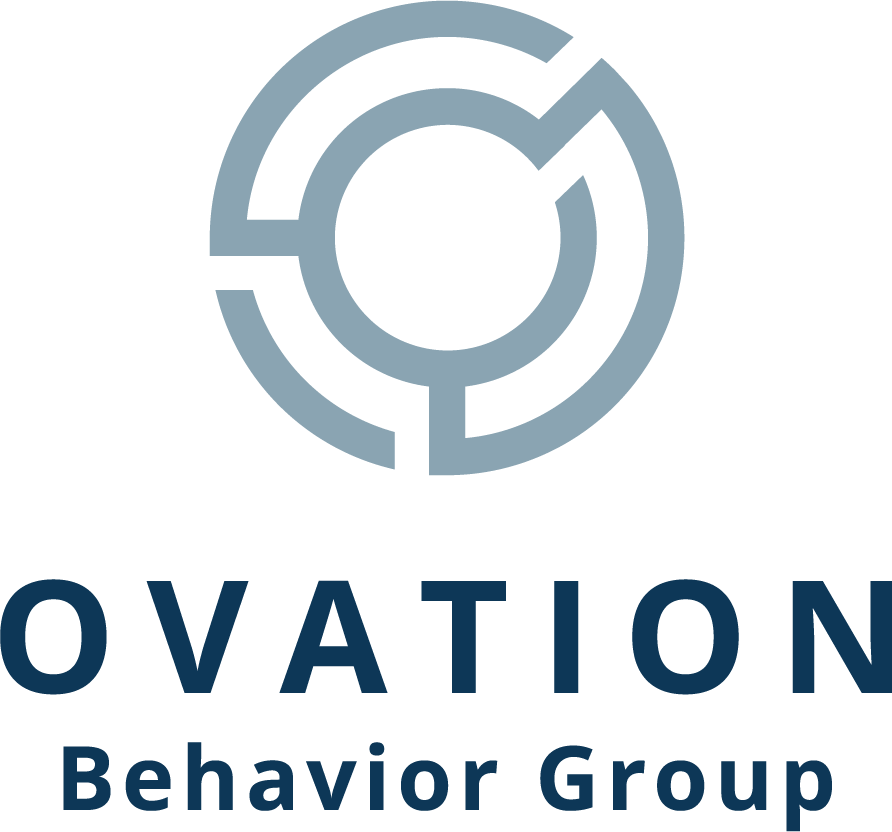Early Steps, Big Strides: Understanding In-Home ABA Therapy for Toddlers
As parents, we want to give our children the very best start in life. When developmental delays or early signs of autism emerge, understanding the options can feel overwhelming. Applied Behavior Analysis (ABA) therapy is a widely recognized and evidence-based approach that can make a significant difference for toddlers, helping them build foundational skills during critical developmental years.
But what exactly does ABA look like for our youngest learners? And why is early intervention so often recommended?
What is ABA Therapy for Toddlers?
Unlike what some might imagine, ABA for toddlers isn't about rigid, tabletop drills. It's a highly individualized and play-based approach designed to meet your child exactly where they are developmentally. For toddlers, ABA typically focuses on teaching skills in natural environments, using positive reinforcement to encourage new skills and learn more effective behaviors. The goal is to make learning fun and integrate it into daily routines.
Why Early Intervention Matters
Research consistently shows that early intervention, especially through ABA therapy for toddlers, can have a profound impact on long-term outcomes. During the toddler years, a child's brain is rapidly developing, creating a powerful window of opportunity for learning new skills. Early ABA aims to:
Build Foundational Communication: Encouraging first words, gestures, and expressive language.
Develop Social Skills: Learning to share, take turns, play cooperatively, and respond to others.
Foster Positive Behaviors: Reducing challenging behaviors like tantrums or self-injury by teaching effective ways to communicate needs.
Promote Independence: Supporting self-help skills like dressing, feeding, and potty training.
What Does In-Home ABA Therapy Look Like for a Toddler?
Many families find in-home ABA therapy for toddlers to be particularly beneficial. Why? Because it brings the therapy directly into your child's natural environment—their home. This allows for:
Learning in Context: Skills are taught where they'll actually be used, making generalization easier.
Parent Involvement: Caregivers are actively involved in sessions, learning strategies to support their child throughout the day.
Comfort and Familiarity: Your child learns in a safe, comfortable setting, which can reduce anxiety and promote engagement.
Tailored to Routines: Therapy can be woven into daily routines like mealtime, playtime, or bedtime, making it feel less like "work" and more like integrated learning.
For families in New Jersey, finding qualified in-home ABA therapy for toddlers in New Jersey can ensure your child receives personalized support right where they spend most of their time learning and growing.
Key Skills Targeted in Toddler ABA
While every program is unique to the child, common areas of focus in toddler ABA include:
Communication: Requesting, labeling, responding to questions, using gestures.
Social Interaction: Joint attention, parallel play, sharing, greetings.
Play Skills: Engaging with toys, imaginative play, cooperative play.
Self-Help & Adaptive Skills: Eating, dressing, potty training, following simple routines.
Motor Skills: Fine motor (e.g., stacking blocks), gross motor (e.g., jumping).
Choosing the Right Provider
When considering in-home ABA therapy for toddlers, it's essential to partner with a provider who prioritizes naturalistic teaching, strong parent collaboration, and has experienced BCBAs and RBTs. Look for a team that emphasizes play-based learning and creates a positive, supportive environment for your child's growth.
Ready to explore if in-home ABA therapy for your toddler is the right step for your family? Take a look at our services, schedule a call, or complete our intake form, today.
Ready to get started with Ovation? Fill out an intake form!
As a reminder, the suggestions outlined in this blog are not individual-specific. Always refer to your child’s health and behavior specialists before implementing any new programming.



